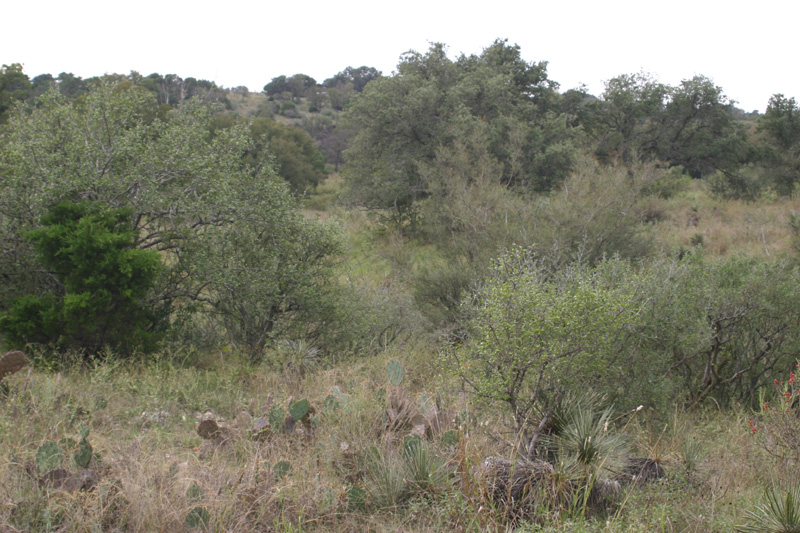It seems an unusually persistent bloom of toxic red tide has been strengthening in Corpus Christi Bay despite the fact that winter is just around the corner. Usually, cooling bay temperatures stave off or diminish concentrations of red tide, according to Meridith Byrd, Texas Parks and Wildlife Department (TPWD) harmful algal bloom coordinator. But the expert said red tide blooms have been known to thrive in the 40-degree range off the East Coast.
This fall’s red tide was first reported in early October on the southern coast. As it moved north to the central coast, it killed millions of fish periodically throughout October and November. The bloom had been declining in December until last week, when by late Friday dead fish were being reported along the Corpus Christi bayfront. Continue reading Red Tide Plagues Texas Coasts
